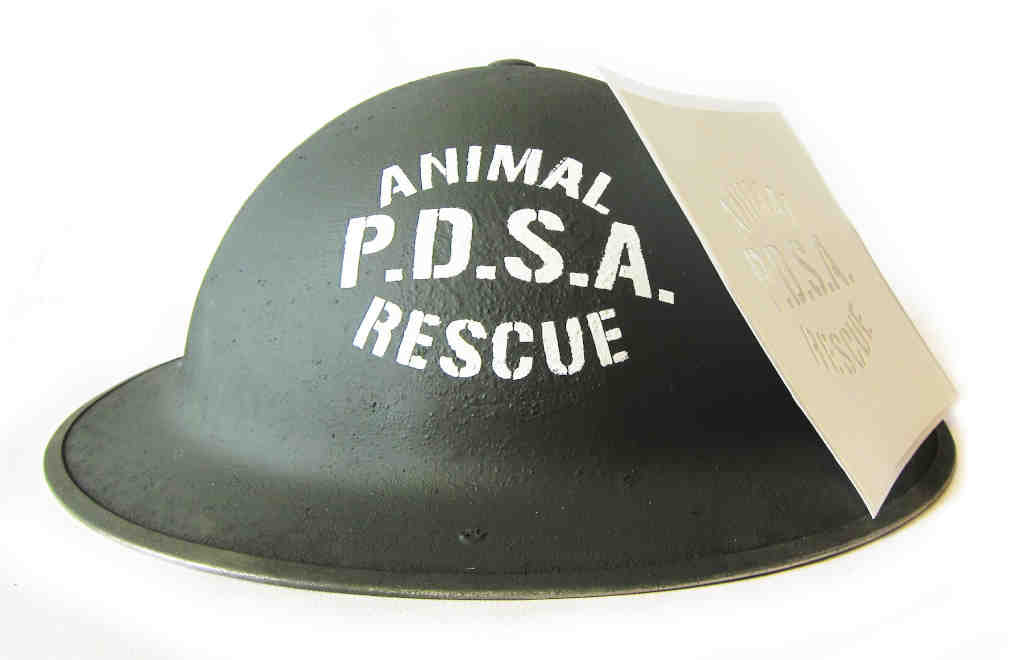Hockleyflyer
New Member
My Grandfather William Edward Taylor was a reserved occupation worker during WW2. He was ( when i knew him as a child) shift Chief Engineer at Nechells power station. Presume he would have been working at Nechells A back then, but later worked at Nechells B after the war. He did 45 Years with the Electricity board.
I used to play in his garden shed where a black tin helmet with two lines around it hung for many years. ( white or red, cant recall) I believe he was either in the AFS or on fire watch during this period in the Aston/Nechells area. He lived in Kingstanding on Rough Road until his death in the early/mid 1970's.
Is there anyone who can advise if researching at Birmingham Library would uncover anything useful about the activities of the AFS during WW2. I cant imagine there will be anything specific on my grandad, but it would be interesting to learn what he and his colleagues may have been involved with.
Regards,
Hockleyflyer.
I used to play in his garden shed where a black tin helmet with two lines around it hung for many years. ( white or red, cant recall) I believe he was either in the AFS or on fire watch during this period in the Aston/Nechells area. He lived in Kingstanding on Rough Road until his death in the early/mid 1970's.
Is there anyone who can advise if researching at Birmingham Library would uncover anything useful about the activities of the AFS during WW2. I cant imagine there will be anything specific on my grandad, but it would be interesting to learn what he and his colleagues may have been involved with.
Regards,
Hockleyflyer.

